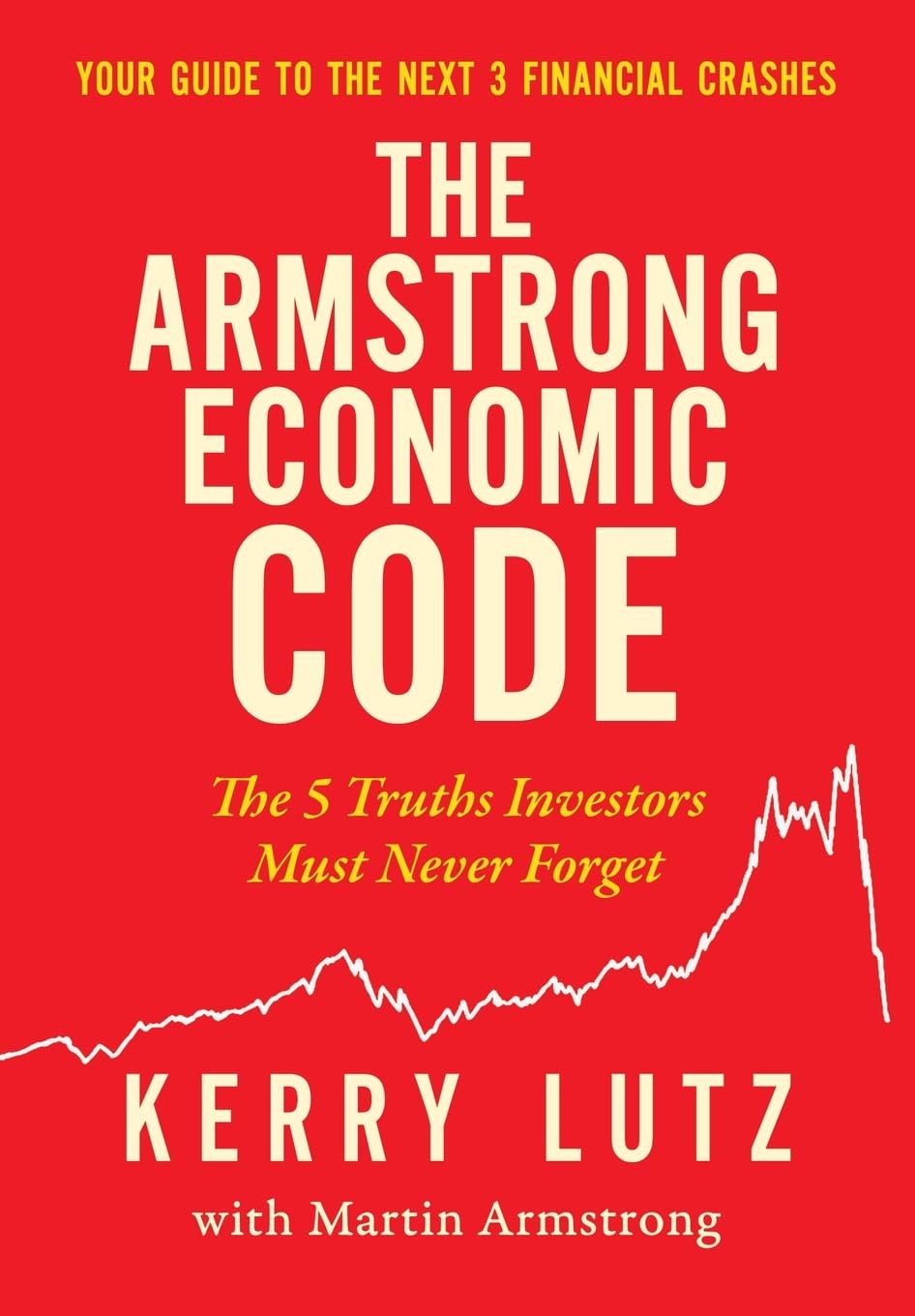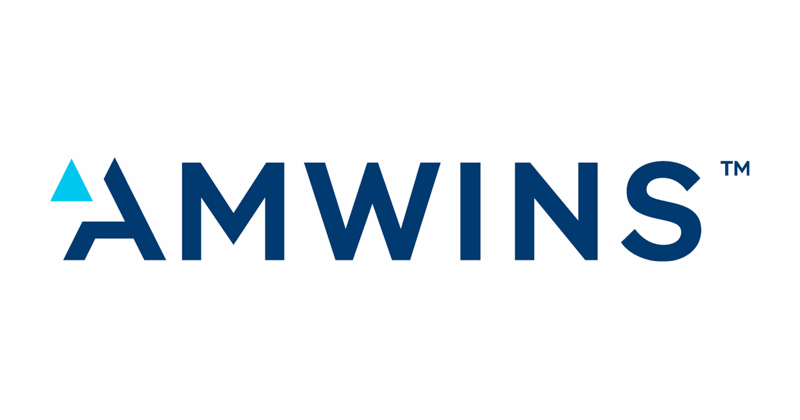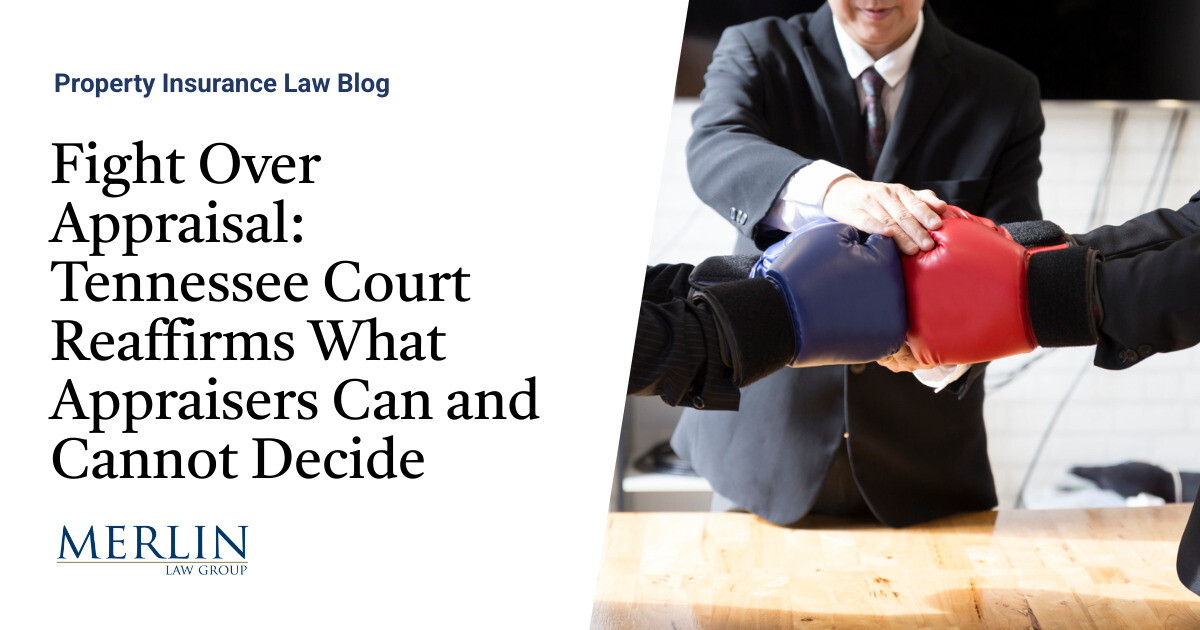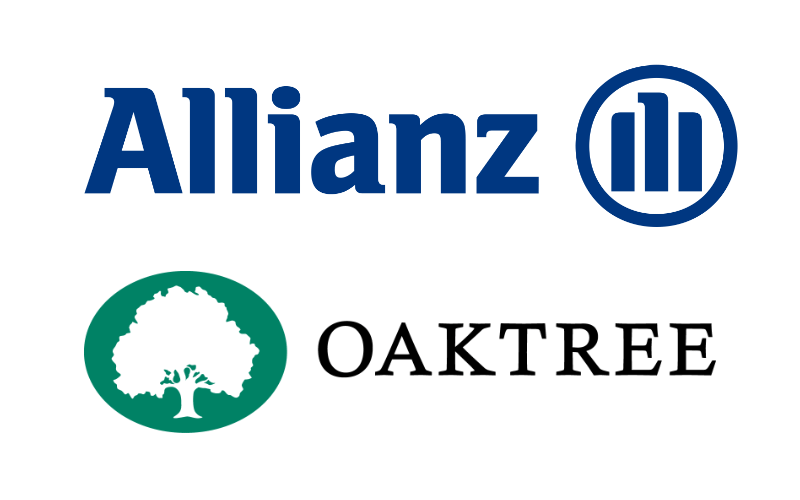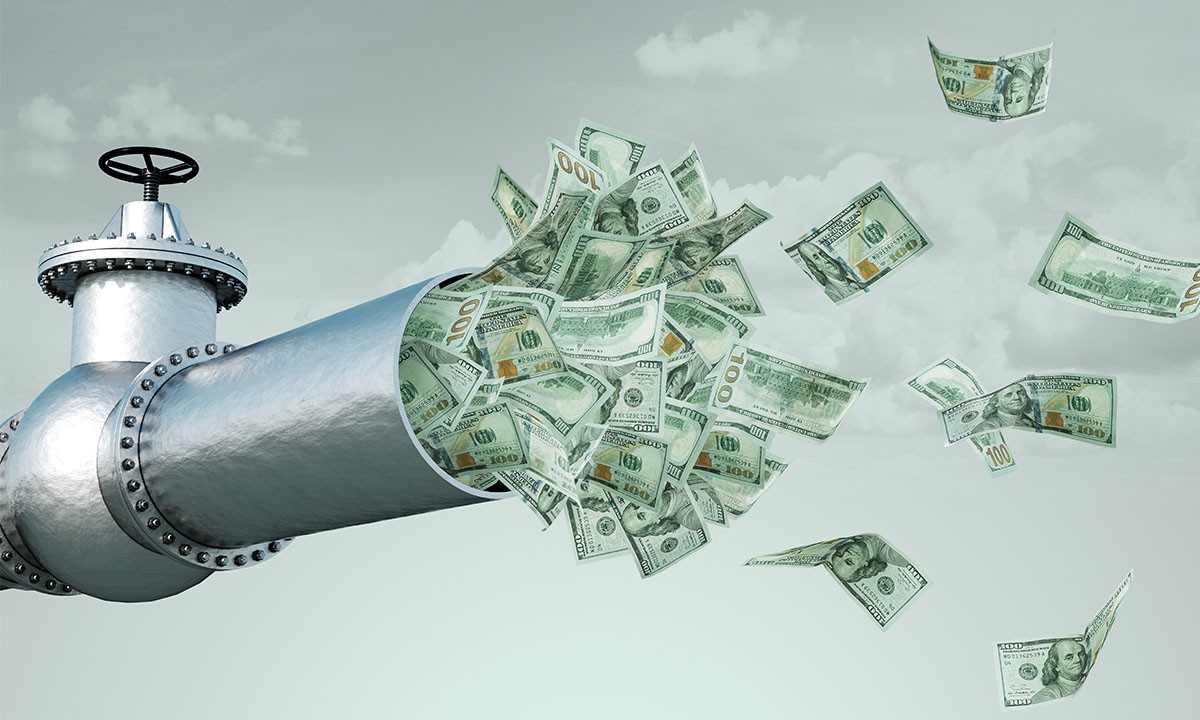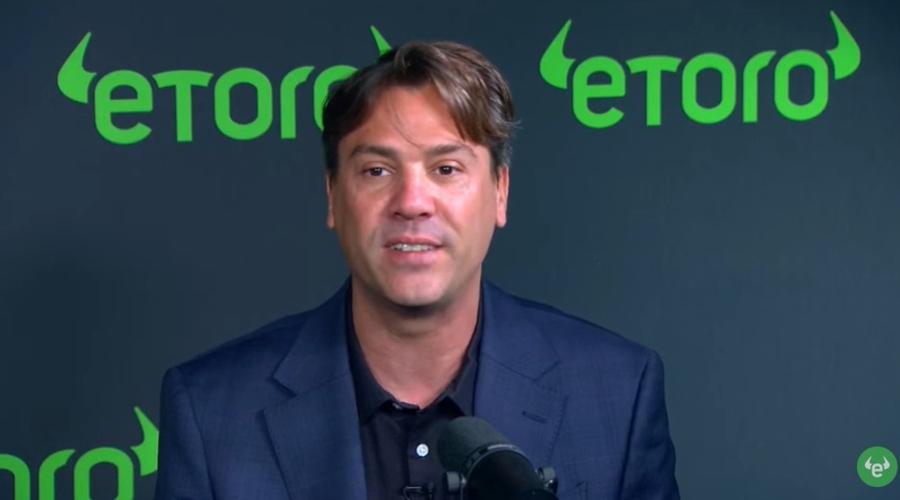It’s no shocker that most people correlate sales with unbeatable optimism, excitement, and a heavy dose of sugar coating. It makes sense: If you want someone to buy a product, you should probably present it in the best light possible…right?
Yes and no. Here’s the issue with untamable optimism and a knack for sugar-coating: They don’t necessarily come across as all that genuine, credible, or transparent.
I’m not saying the acting is bad; instead, I’m simply pointing out the fact that someone who only acknowledges a product’s upsides may appear to be hiding something. Perhaps there really are some 100% perfect products and services that have no downsides; still, when building rapport with a potential client ahead of closing a deal, you have one quest: to earn their trust.
You don’t necessarily have to throw your own product or service under the bus to earn a prospect’s trust, but a conversation full of unicorns and rainbows is unlikely to get them there. If you can find a way to get real, get relatable, and perhaps lift the curtain on some of the objective downsides a customer may face, you just may earn the trust to close a sale, whether it’s this one or the next.
Along those lines, if there are negatives, disclaimers, or shortcomings to be disclosed, doing so upfront is actually your best bet. Yes, I’m serious: Leading with the negatives makes the positives more credible, and if done artfully, it doesn’t kill the sale, but rather opens the door to a longer-term client relationship that may be followed by many future sales down the line.
A few examples:
- Weight loss product: “I’m going to be honest with you: This product alone will not solve your problem 100%. However, this, coupled with [insert other relevant products or actions taken by the client] will definitely give you the best shot among all our competitors.”
- Gym membership or workout equipment: “It’s going to be a lot of work and it’s not the cheapest option, but if you use it properly, it will change your life forever.”
- Real estate: “To be frank, this property backs up to a highway, which results in some backyard noise and is part of the reason it’s been sitting this long. However, if you’re looking to get into this neighborhood under [X price], and perhaps even increase the value by adding in a sound-blocking wall, it could be the best deal in this city.”
Simply put, being real can take you further in sales than being overly optimistic, and if you don’t have a prospect’s trust, you don’t have anything (least of all a sale).
As an entrepreneur, marketer, or salesperson (and let’s be real: if you’re an entrepreneur, you’re all three and then some), it’s easy to care about closing the sale — a lot. It’s easy to care about the fact that if you can’t generate sales, your company won’t have revenue or profits, and you could potentially spiral yourself out of business and onto a friend’s couch, a parent’s basement, or a minimum wage job. Well, there’s only one issue: Thinking like that is the kiss of death itself.
You cannot approach sales with that desperate, frantic, time-crunched energy and expect a good outcome. Why? Because people smell the stench of desperation from a mile away, and it’s the unspoken signal for them to flee.
Instead, you need to do one of the hardest, but most pivotal things: You need to make yourself care more about your prospect and their wellbeing than you do about closing the sale.
In fact, you need to make them believe you care more about their positive outcome than even they do. Why? Because that’s how you get on their side.
When your primary goal is closing a sale, the prospect can feel that you’re the wedge attempting to get between them and their money for your own personal gain. The product or service you’re peddling may or may not be all that helpful or relevant to them, but if closing the sale at all costs is your number one priority, they won’t believe a word you say about the product’s benefits and effectiveness anyway.
If you can instead cultivate the rapport of a close and sincere friend who’s only working in your prospect’s best interest, you just may score that sale without laying on the high-pressure tactics. For example:
- Healthcare product: “I’m not saying this is the only product for you. If you know you won’t use it and you want to go another route to solve this problem, by all means, there are other options. But for your own health and longevity, I implore you to take action one way or another. Whether or not you choose our solution, we’ll be around. But if you don’t choose ours or any solution, will you?”
Many people these days believe sales has to be an adversarial, pressure-cooker power trip full of scare tactics, but it actually doesn’t at all. Wouldn’t you rather buy from a friend who’s looking after your best interest than a fear-mongering money-hungry deal shark?
Along the lines of honesty and working in your prospect’s best interest, the third unconventional tactic is one some would instantly frown upon, but it has its merits: Know when to walk away and actually do it.
Okay, I get it, you might be wondering: What kind of crappy salesperson gives up and walks away just because they haven’t closed a deal yet?
It depends: If you’re walking away because you’re too shy or defeated to go in for the follow-up or to ask for the check, that’s one issue. However, walking away shouldn’t be a matter of defeat; it should be a culmination of the realization that a prospect is actually not a good fit for the product or service at hand. Walking away should be saving your prospect a negative outcome and hassle, as well as helping your company dodge a refund, dispute, and/or negative review.
An unhappy customer is not necessarily better than no customers, especially if they only bought due to relentless persuasion. The right customer doesn’t need to be harassed into buying a product, and a great entrepreneur knows their product has value for the right person. The vast majority of post-launch entrepreneurship and marketing is finding those right customers, not convincing the wrong ones they’re actually a good fit.













